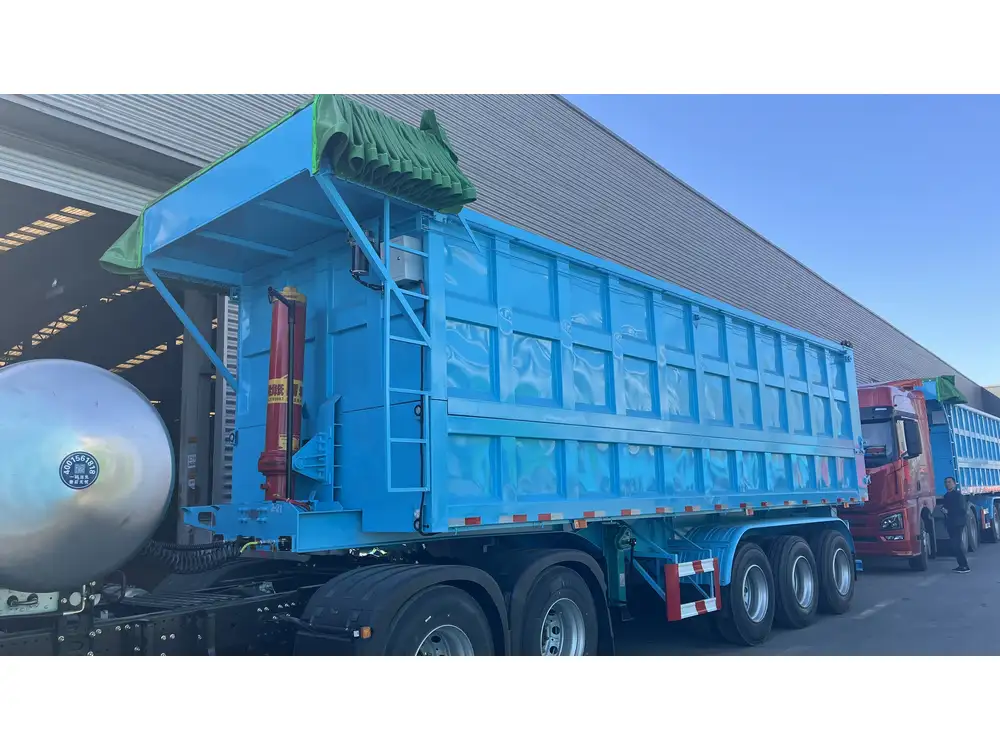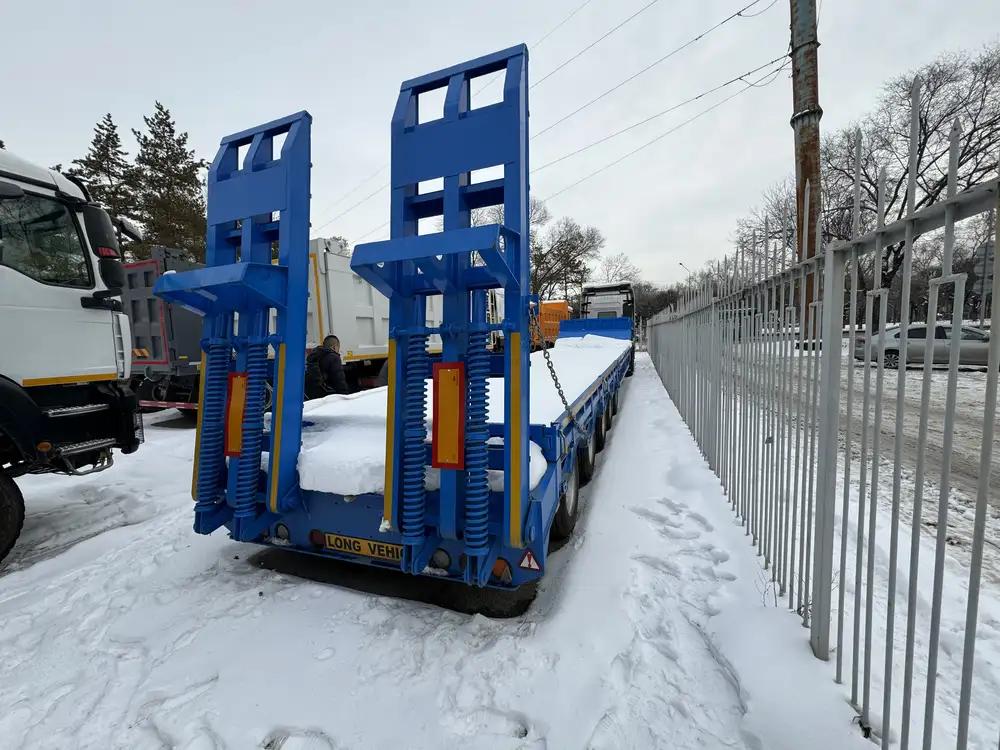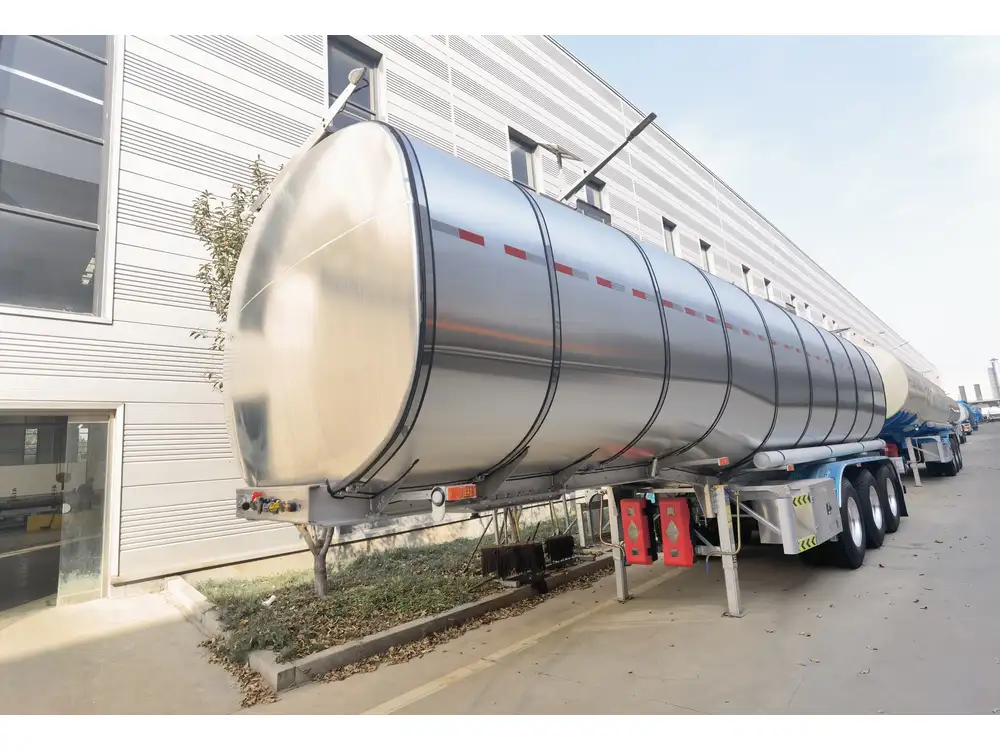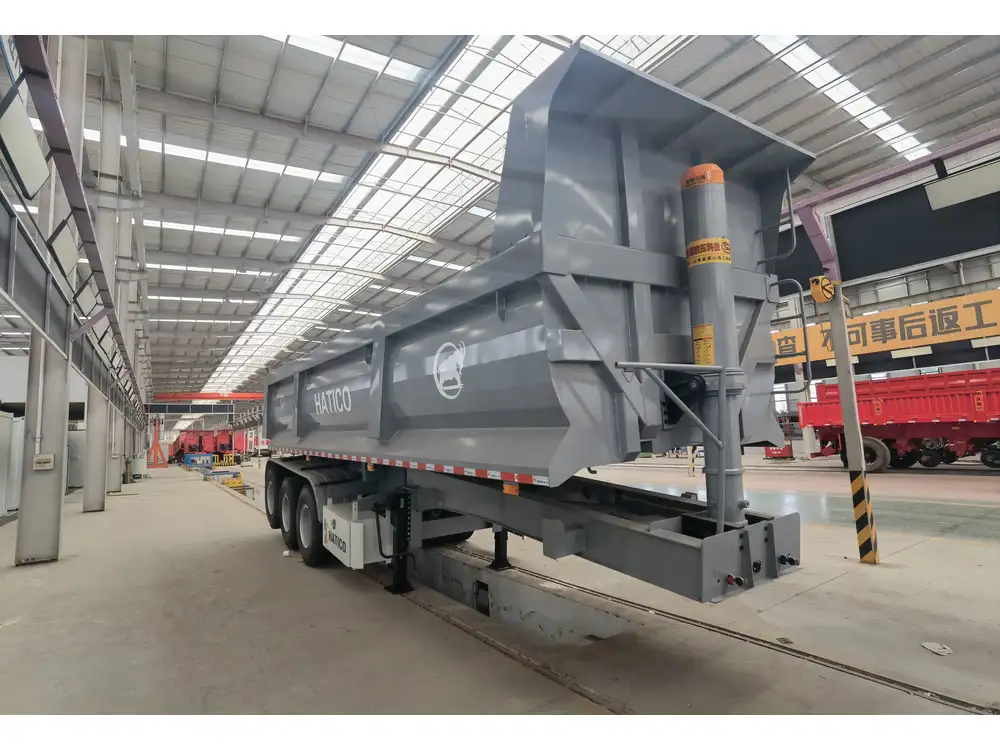When it comes to heavy-duty towing solutions, gooseneck and fifth wheel trailers stand out as two of the most popular options for both commercial and recreational use. At CarMax Vehicle, we understand that choosing the right trailer can significantly impact your hauling efficiency, safety, and overall experience. This comprehensive guide delves into the distinctions between gooseneck and fifth wheel trailers, helping you make an informed decision tailored to your specific needs.
Table of Contents
- Introduction to Gooseneck and Fifth Wheel Trailers
- Hitching Mechanism: A Detailed Comparison
- Stability and Maneuverability
- Weight Capacity and Load Distribution
- Maintenance and Durability
- Application and Use Cases
- Cost Considerations
- Safety Features
- Choosing Between Gooseneck and Fifth Wheel
- Conclusion
- Frequently Asked Questions
Introduction to Gooseneck and Fifth Wheel Trailers
Both gooseneck and fifth wheel trailers are designed to offer enhanced stability and maneuverability over traditional bumper pull trailers. However, they differ in their hitching mechanisms, load distribution, and suitability for various applications. Understanding these differences is crucial for selecting a trailer that aligns with your hauling requirements.

Hitching Mechanism: A Detailed Comparison
Gooseneck Trailers
Gooseneck trailers feature a hitch that connects to a ball and coupler located in the truck’s bed, typically over the rear axle. This design ensures a strong and secure connection, distributing the trailer’s weight directly to the truck’s frame.
Key Features:
- Hitch Location: In the truck bed, over the rear axle.
- Connection Type: Ball and coupler system.
- Flexibility: Allows for a tighter turning radius.
Fifth Wheel Trailers
Fifth wheel trailers utilize a specialized hitch called a fifth wheel, which is mounted above the truck’s rear axle on the bed. This hitching method provides a more stable connection by distributing the trailer’s weight across a wider area of the truck.
Key Features:
- Hitch Location: Mounted on the bed of the truck, above the rear axle.
- Connection Type: Pivoting fifth wheel coupling.
- Stability: Enhanced stability due to weight distribution.

Comparison Table
| Feature | Gooseneck Trailer | Fifth Wheel Trailer |
|---|---|---|
| Hitch Type | Ball and coupler | Fifth wheel coupling |
| Hitch Location | Truck bed, over rear axle | Truck bed, above rear axle |
| Load Distribution | Direct to truck frame | Distributed across a wider area |
| Turning Radius | Tighter, more agile | Slightly wider due to pivot mechanism |
| Ease of Hitching | Requires precise alignment | Easier to hitch with backing alignment |
| Common Uses | Agricultural, industrial applications | RVs, luxury trailers, heavy-duty hauling |
Stability and Maneuverability
Stability
Both gooseneck and fifth wheel trailers offer superior stability compared to bumper pull trailers. The connection points of both trailer types ensure that the weight is distributed more evenly, reducing sway and improving control.
- Gooseneck: The direct connection to the truck’s frame minimizes the trailer’s sway, making it ideal for heavy loads.
- Fifth Wheel: The broader base of the fifth wheel coupling enhances stability, especially for longer trailers.

Maneuverability
- Gooseneck: Offers a tighter turning radius, which is beneficial in scenarios requiring sharp turns or maneuvering in confined spaces.
- Fifth Wheel: While slightly less agile than gooseneck trailers, fifth wheels still provide excellent maneuverability, suitable for both urban and rural settings.
Weight Capacity and Load Distribution
Gooseneck Trailers
Gooseneck trailers are renowned for their high weight capacities, making them suitable for hauling substantial loads. The hitching mechanism ensures that the trailer’s horizontal load is transferred directly to the truck’s frame, allowing for better control and reduced strain on the vehicle.
- Typical Weight Capacity: Up to 40,000 lbs or more, depending on the trailer model.
- Load Distribution: Primarily on the truck’s rear frame, ensuring balanced weight distribution.

Fifth Wheel Trailers
Fifth wheel trailers also offer impressive weight capacities, often comparable to gooseneck trailers. The enhanced distribution of weight across the hitch and the truck’s rear axle provides stability, especially when carrying uneven or heavy loads.
- Typical Weight Capacity: Up to 50,000 lbs or more, based on design specifications.
- Load Distribution: Spread across a wider area of the truck bed, enhancing overall balance.
Maintenance and Durability
Gooseneck Trailers
Gooseneck trailers are built for durability, with robust construction suited for rugged environments. Regular maintenance involves inspecting the hitch connections, frame integrity, and ensuring that all moving parts are functioning correctly.
- Durability: High, designed for heavy-duty use.
- Maintenance Needs: Periodic checks of hitch points, axles, and suspension systems.

Fifth Wheel Trailers
Fifth wheel trailers also feature durable builds, often incorporating advanced materials and engineering to withstand extensive use. Maintenance focuses on the fifth wheel coupling, ensuring it remains free of debris and operates smoothly.
- Durability: Exceptional, with a focus on long-term reliability.
- Maintenance Needs: Regular cleaning and lubrication of the coupling mechanism, inspection of structural components.
Application and Use Cases
Gooseneck Trailers
Ideal for industries requiring the transportation of heavy machinery, livestock, and large equipment. Common applications include:
- Agriculture: Transporting livestock, feed, and farming equipment.
- Construction: Hauling building materials, machinery, and supplies.
- Industrial: Moving large-scale equipment and products.

Fifth Wheel Trailers
Primarily favored in the recreational sector but also used in commercial applications where luxury and stability are paramount. Typical use cases include:
- Recreational Vehicles (RVs): Offering spacious interiors and enhanced comfort for travelers.
- Luxury Trailers: Providing high-end features and amenities for premium transport.
- Heavy-Duty Hauling: Similar to gooseneck but with added stability for intricate hauling needs.
Cost Considerations
Gooseneck Trailers
Generally, gooseneck trailers may present a higher upfront cost due to their robust construction and specialized hitching mechanisms. However, their longevity and versatility often result in lower long-term costs.
- Initial Investment: Higher compared to bumper pull trailers.
- Long-Term Costs: Lower maintenance and higher durability offset initial expenses.

Fifth Wheel Trailers
Fifth wheel trailers can also be a significant investment, particularly for luxury models. The cost is influenced by the trailer’s size, features, and weight capacity.
- Initial Investment: Comparable to gooseneck trailers, potentially higher for luxury models.
- Long-Term Costs: Maintenance of the fifth wheel coupling and structural components.
Cost Comparison Table
| Cost Aspect | Gooseneck Trailer | Fifth Wheel Trailer |
|---|---|---|
| Initial Purchase | Generally higher | Comparable to gooseneck, potentially higher for luxury models |
| Maintenance | Moderate, focused on hitch and frame | Slightly higher, due to coupling mechanism |
| Longevity | High, durable for heavy use | High, especially with proper maintenance |
| Resale Value | Strong, due to demand in commercial sectors | Strong, particularly in the RV market |
Safety Features

Gooseneck Trailers
Safety is paramount in the design of gooseneck trailers. Features often include:
- Advanced Braking Systems: Ensuring effective stopping power for heavy loads.
- Stabilization Devices: Minimizing sway and enhancing control.
- Lighting and Reflectors: For visibility during night operations.
Fifth Wheel Trailers
Fifth wheel trailers incorporate numerous safety features to guarantee secure transport, such as:
- Secure Hitching Mechanism: Prevents accidental detachment.
- Integrated Safety Chains: Additional security in case of hitch failure.
- Comprehensive Lighting Systems: Enhancing visibility and compliance with road regulations.
Choosing Between Gooseneck and Fifth Wheel
Selecting the appropriate trailer depends on various factors, including your specific hauling needs, budget, and the type of vehicle you own. Here’s a step-by-step guide to help you decide:
Assess Your Hauling Needs:
- For heavy machinery and industrial use, gooseneck trailers are often more suitable.
- For recreational purposes or luxury transport, fifth wheel trailers excel.
Evaluate Your Vehicle Compatibility:
- Ensure your truck can accommodate the hitch type required by the trailer you choose.
- Consider the truck’s payload capacity and frame strength.
Consider Maneuverability Requirements:
- If tight turns and agile handling are essential, a gooseneck trailer may be preferable.
- For stable, long-haul journeys, a fifth wheel trailer offers enhanced stability.
Factor in Budget Constraints:
- Compare the initial costs and long-term maintenance expenses of both trailer types.
- Consider the resale value and longevity of the trailer.
Analyze Safety Features:
- Prioritize trailers with advanced safety mechanisms to ensure secure transport.
Consult with Experts:
- Reach out to manufacturers like CarMax Trailer for personalized advice and recommendations.

Conclusion
Both gooseneck and fifth wheel trailers offer distinct advantages tailored to different hauling requirements. Gooseneck trailers provide exceptional stability and load capacity, making them ideal for industrial and agricultural use. On the other hand, fifth wheel trailers deliver superior maneuverability and luxurious features, catering to recreational and premium transport needs. At CarMax Vehicle, we are committed to providing high-quality trailers that meet diverse demands, ensuring reliability and performance in every journey.
Frequently Asked Questions
1. Can I switch between gooseneck and fifth wheel hitches on the same truck?
While it’s technically possible to equip a truck with both hitch types, it requires careful installation and may involve modifications. It’s essential to consult with a professional to ensure compatibility and safety.

2. Which trailer type is better for long-distance hauling?
Fifth wheel trailers are often preferred for long-distance hauling due to their enhanced stability and smoother ride, minimizing driver fatigue and improving safety.
3. Are gooseneck trailers allowed on all roads?
Yes, gooseneck trailers are permitted on most roads. However, it’s crucial to adhere to local regulations regarding trailer dimensions and weight limits to ensure compliance.
4. How does the maintenance of fifth wheel and gooseneck trailers compare?
Both trailer types require regular maintenance, but fifth wheel trailers may need more attention to the coupling mechanism, while gooseneck trailers focus on the hitch and frame integrity.

5. What should I consider when purchasing a trailer from CarMax Trailer?
When purchasing from CarMax Trailer, consider your specific hauling needs, the trailer’s weight capacity, durability, and the support services we offer to ensure you select the best trailer for your requirements.



